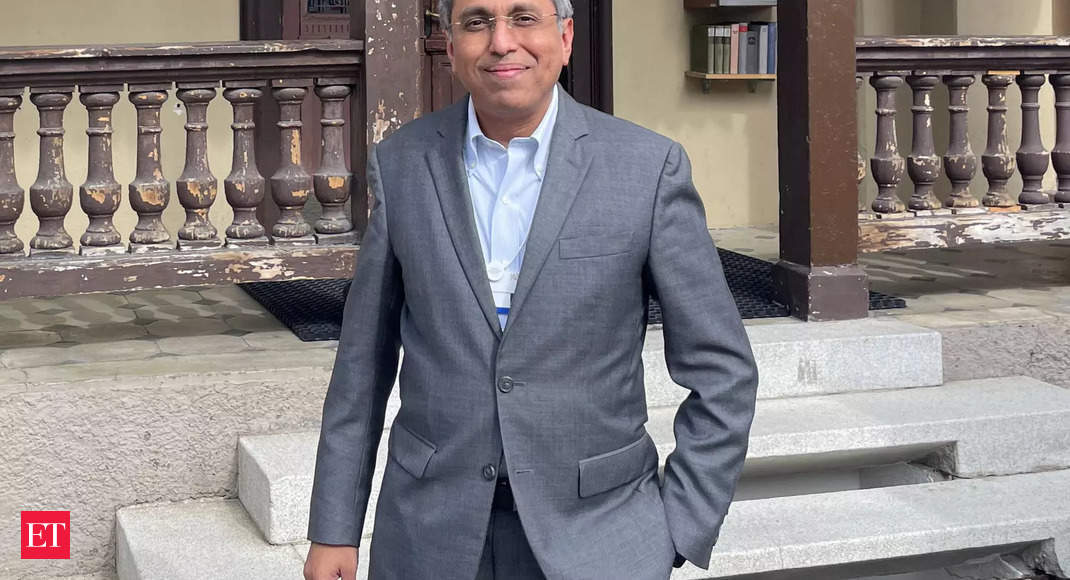india: Scaling up innovation, tie-ups across businesses critical for India to become core of global supply chain: M&M CEO

[ad_1]
“You heard a lot about ‘China plus one’ and more recently ‘Europe plus one’. Why is it plus one? Why is India not at the core? Why are we on the periphery? What is missing?” he asked.
Shah further said, “If you look at what we have today, we have got the best talent. We have got innovations that happen across our universities, across various different areas in India. We are the manufacturing strength now.
“We have a government that’s committed to driving change to get logistics better in India and a number of other things happening. So why is India plus one?” To go from “plus one to becoming India at the core”, Shah said, “Driving innovation at scale, I think it is critical to make that happen.
Collaboration across businesses, across large firms and MSMEs, across innovators. This collaboration is going to make it happen.”
He said domestic groups such as Mahindra and Tata are successfully competing and winning against global players in the domestic automotive sector, encouraging them to replicate it in the world market.
“In automobiles today we compete with all the global makers, except for some who have left India, where they couldn’t find India an attractive market or they could not serve the demand of consumers in India. All the other global players are here, despite that domestic manufacturers both Mahindra and Tata are not just competing but are winning,” Shah asserted.
He further said, “If we can win in India why can’t we win around the world? We have the capabilities. Why can we not take it around the world now? So we have the ability to do that. That’s one big area for us to do.”
Brookfield Asset Management Managing Partner, Head of India and Head of Real Estate India and Middle East, Ankur Gupta also pointed out that India can play a major role in sectors like medical research and semiconductor manufacturing with the development of infrastructure and be at the core and not just “China plus one”.
He asserted that “India is a fantastic place to invest up” and the optimism on the country “backed by data and underwritable growth is really top notch”.
Sembcorp Industries South Asia CEO Vipul Tuli suggested that the nature of work in the innovation clusters in India “needs to get back to more groundbreaking, more ambitious kinds of innovations” beyond adapting global technologies to Indian conditions.
Also, he said the sources of funding for innovation need to be thought through on a national level, citing the examples of the US and Japan where the lion’s share of funding came from the government.
The FICCI in partnership with McKinsey & Company unveiled a document aimed at catalysing actions to achieve the country’s full economic potential.
The multi-stakeholder initiative outlines over 50 actions in 10 priority sectors by 2030 to lay a pathway to increase India’s per capita income six-fold to Rs 10 lakh, achieve 600 million jobs, double female participation in the labour force, cut carbon emissions, and provide access to clean water for all, by 2047.
[ad_2]
Source link






